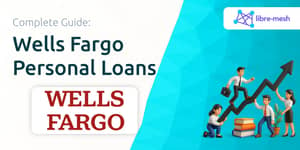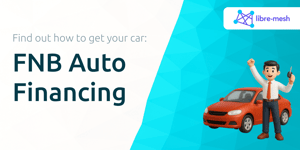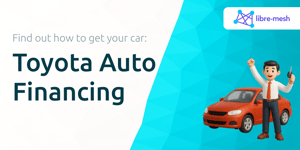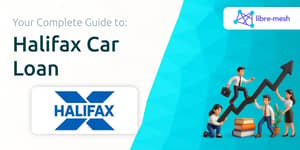
In a world where expenses can come unexpectedly and dreams often require funding, a Home Equity Line of Credit (HELOC) can serve as a powerful financial tool. By tapping into the value you’ve built in your home, you gain access to funds that can fuel renovations, consolidate debt, or cover major life events. With rates at multi-year lows and flexible terms, HELOCs in July 2025 have never been more attractive.
Before diving in, let’s explore how a HELOC works, the current rate landscape, and practical strategies to make the most of this versatile credit line.
A HELOC acts as a revolving line of credit secured by your home equity, functioning much like a credit card but with your house as collateral. You receive a credit limit based on the difference between your home’s appraised value and your outstanding mortgage balance.
During the draw period and repayment period, typically a 10-year draw followed by a 10- or 15-year repayment, you can borrow, repay, and borrow again without reapplying. Most payments during the draw period are interest-only, giving you maximum flexibility.
HELOC interest rates have trended downward in early 2025, offering homeowners a chance to secure financing at near two-year lows. As of July:
Most HELOCs are indexed to the U.S. Prime Rate, recently at 7.5%, with individual lender margins added on top. Your final rate depends on your credit profile and the lender’s pricing.
Below is a snapshot of sample payments for a $90,000 HELOC at different rates and amortization terms in 2025:
These figures include both principal and interest. Remember, variable-rate HELOCs can fluctuate, impacting your monthly dues unless you opt for a fixed-rate conversion.
Deciding whether a HELOC is right for you means weighing its benefits against the inherent risks.
Homeowners tap HELOCs for many life- and home-enhancing expenses. Common uses include:
Interest on your HELOC may be tax-deductible if used to buy, build, or substantially improve your primary residence. However, if you allocate funds toward education, debt consolidation, or other personal expenses, the interest loses its tax-deductible status.
Consult a tax professional to understand how your HELOC usage aligns with current IRS guidelines and to maximize your potential deductions.
Improving your chances of obtaining a competitive HELOC involves several practical steps:
First, shop multiple lenders, including banks, credit unions, and online platforms. Compare teaser rates, margin structures, and fee schedules. Next, work on your credit score by paying down high-interest debt and correcting any errors on your credit report. Inquire about special rate discounts for existing customers or promotional introductory rates. Finally, explore lenders offering partial or full fixed-rate conversions to lock in predictable payments.
While HELOCs offer flexibility, borrowing against your home can be risky. A decline in property values may leave you underwater, owing more than your home’s worth. Missed payments risk foreclosure, and variable rates can spike when market conditions change.
If you seek predictability over flexibility, consider alternatives:
A home equity loan provides a lump sum at a fixed rate, simplifying budgeting but lacking revolving access. Unsecured personal loans carry higher rates but no lien on your home. A cash-out refinance consolidates your first mortgage and extra funds into one payment, potentially at a lower rate but with closing costs.
As of July 2025, HELOCs present an excellent opportunity for homeowners to leverage their equity at historically low rates. Whether you’re planning a dream renovation, consolidating high-interest debt, or funding life’s unexpected moments, a carefully structured HELOC can provide the funds you need.
By understanding current rates, weighing the pros and cons, and following best practices to secure the best terms, you can harness the power of your home equity to achieve financial flexibility and pursue your goals with confidence.
References













